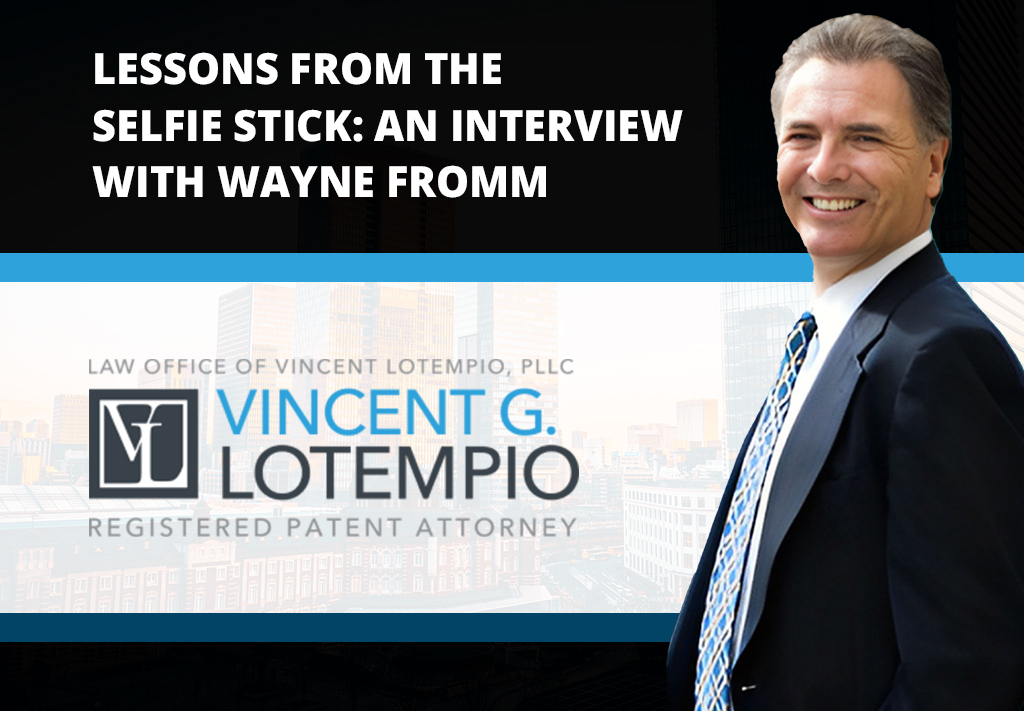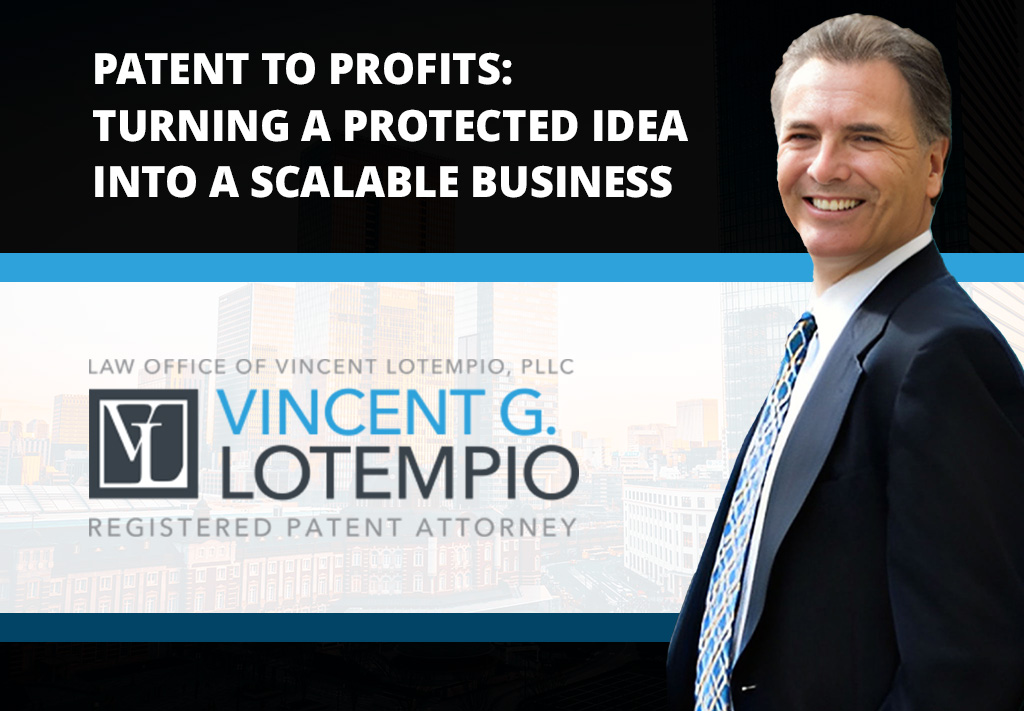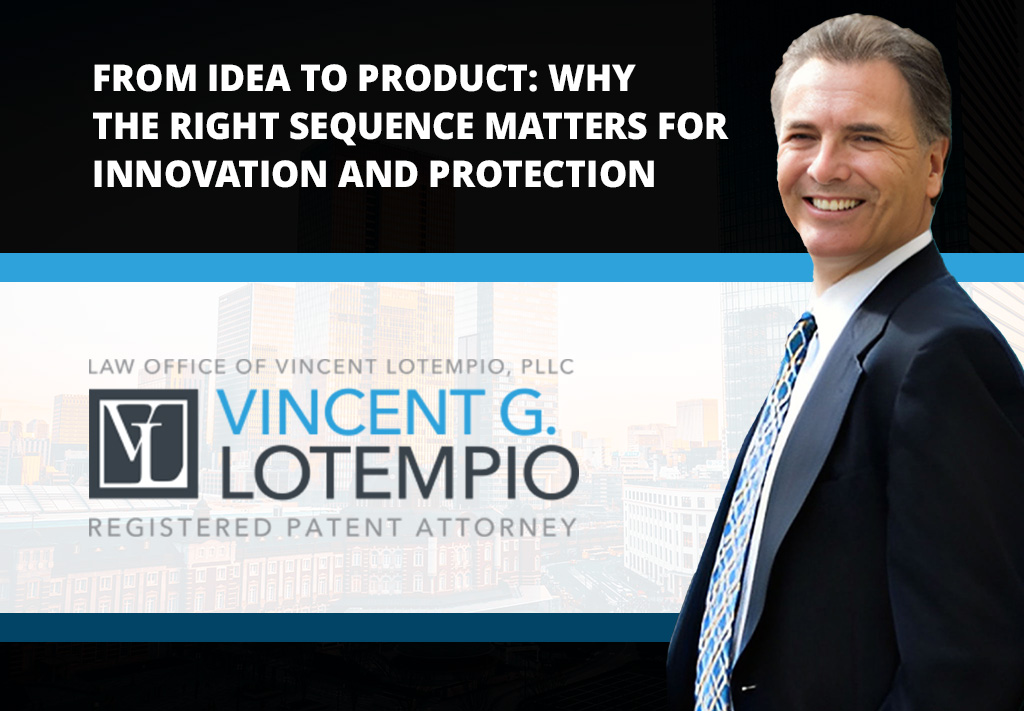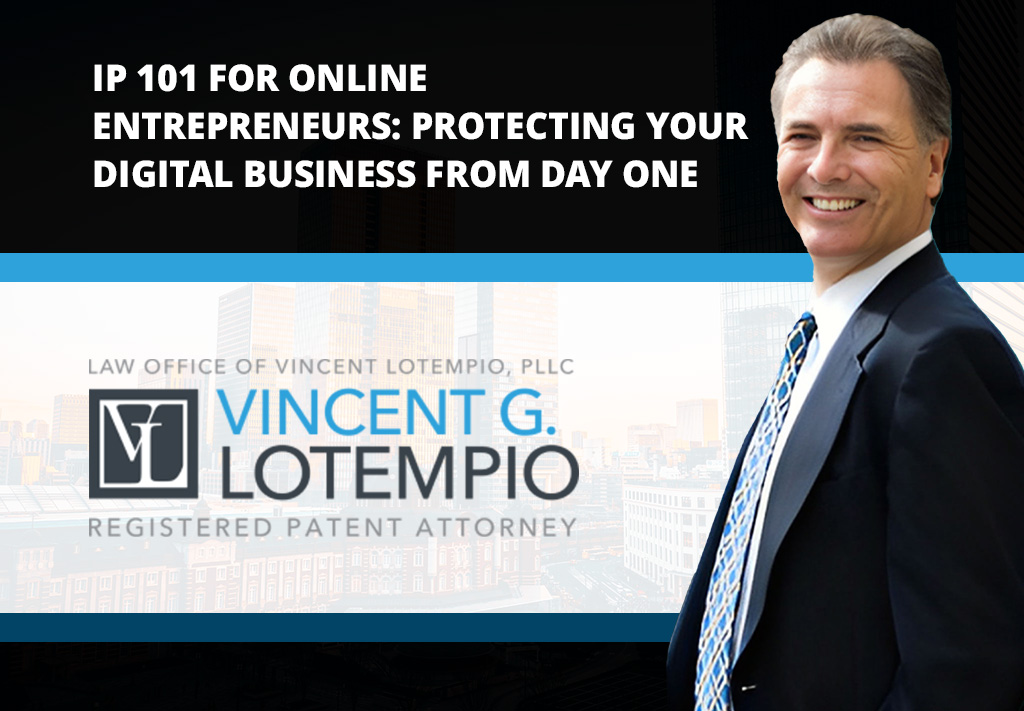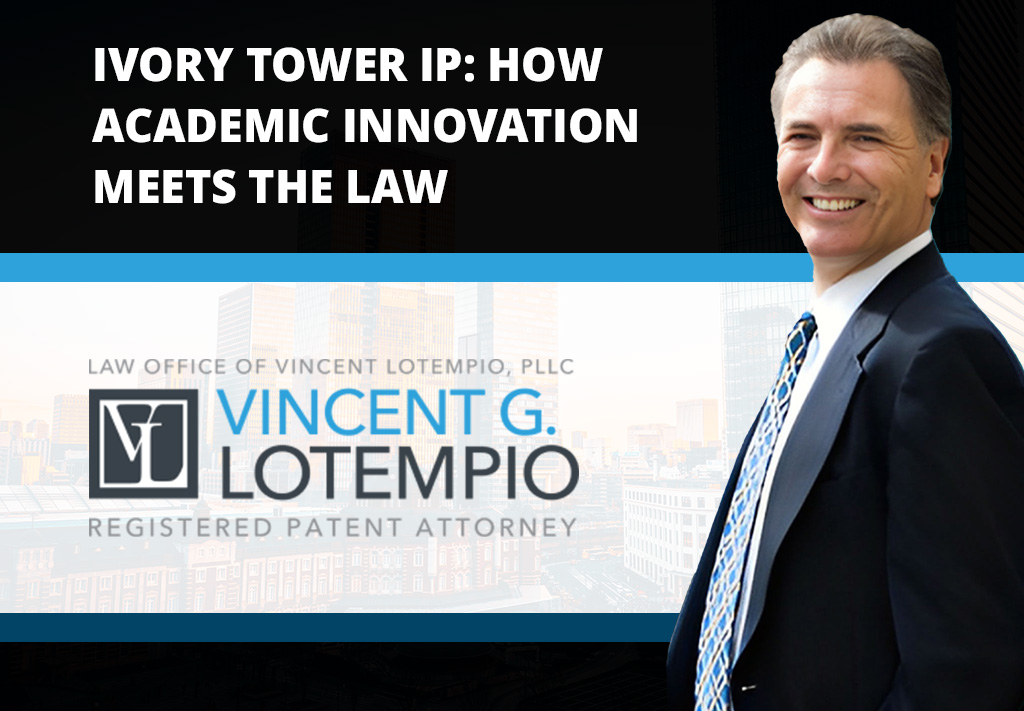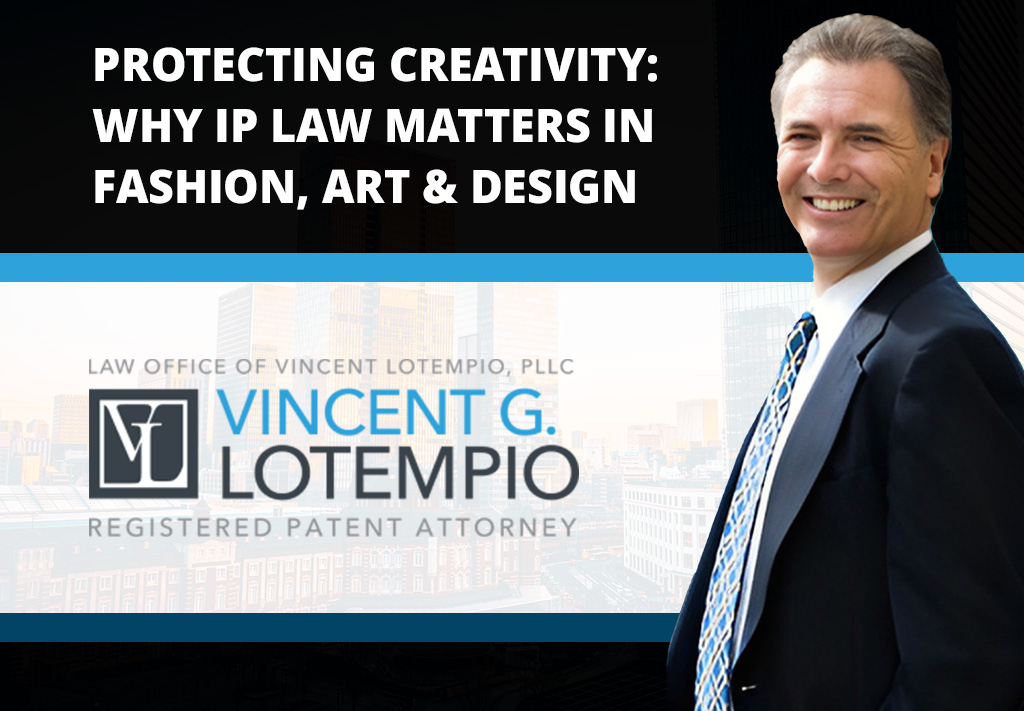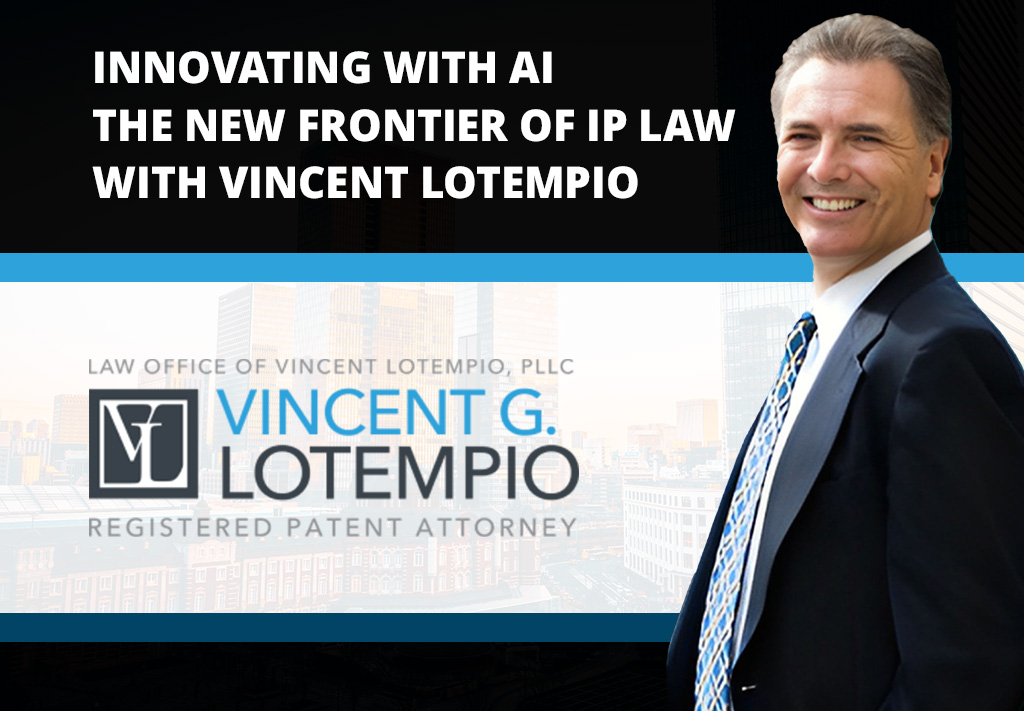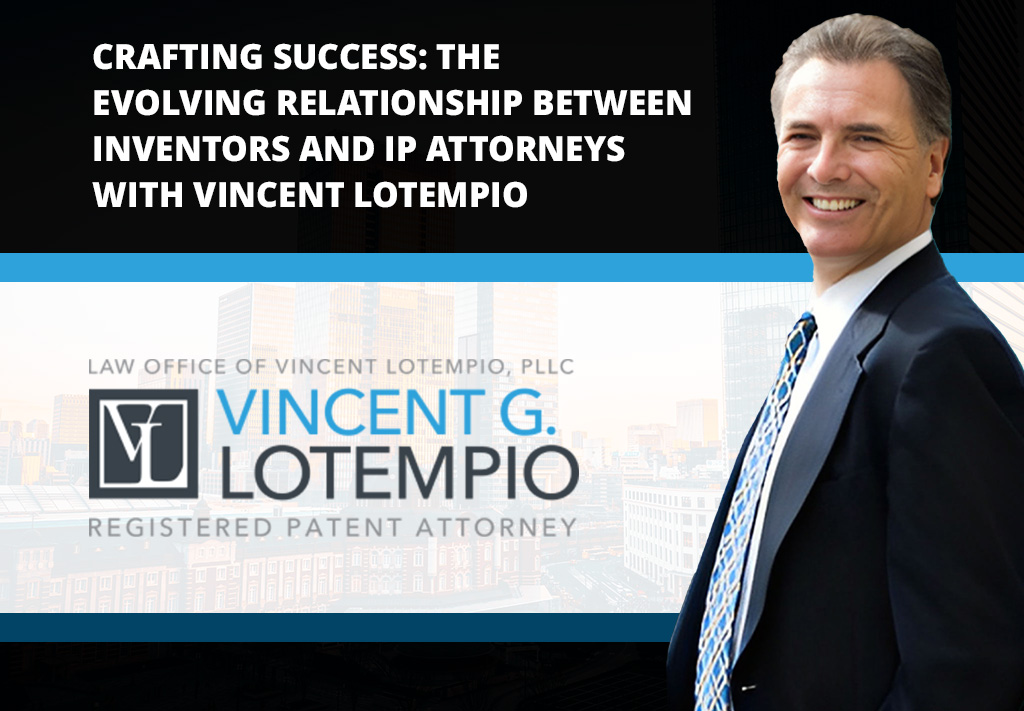Inventors often come to my office looking for help to not only protect their intellectual property by filing a patent application, but to get help to sell their idea to a big company.
I often ask inventors that come to me why do invention submission companies charge you if your idea is so good? Why don’t they represent you on a contingency basis? Well that’s exactly what Lambert and Lambert does.
So I figured I would reach out to Trevor Lambert founder and owner of Lambert & Lambert and ask him a few questions about his company.
What type of company is Lambert and Lambert?
Lambert & Lambert is a company directed at licensing inventions. At its basics, licensing is the selling of intellectual property to a person or business that wishes to produce it for a profit. The intellectual property could be a patent, copyright, or an idea.
We charge an initial evaluation fee to perform an analysis of the product. If the product passes the test in the analysis we work on a contingency basis and only get paid if the product makes money.
We employ attorneys, engineers, and those with expertise in market research, marketing and promotion, video production, drafting, CAD, industrial design, prototyping, and manufacturing. The only time that we get paid is when the product sales generate royalties from a licensing agreement. From that point our share of licensing revenue is 25-30% and so the inventor’s share is 70-75%.
How did your company start?
I had an invention idea and I approached an invention submission company and was appalled about how I was treated and the success rate that existed. And so I started working on my own product myself. And that’s sort of how Lambert and Lambert came about. At first we reached out to independent inventors, and now our business has grown to where we represent, inventors and small to medium-sized companies.
Recently we have been doing product portfolio management for consumer product companies. Patent attorneys call it “portfolio mining” but we are not necessarily doing it on an IP level but on a product level. We look for products that are under performing and might have some licensability and where the product may have some life in the infomercial world or we will explore if there are other ways to create new revenue streams for those products.
So your company must play a different role for different clientele?
Our clientele ranges, some are inventors, some are independent product developers, and some are small companies. So it varies whether the development is done prior to getting to us, so sometimes it is more downstream and we don’t really need to go through all the steps of designing everything.
So every deal can be different where you may have an independent inventor bringing the concept and nothing else is in place and we can step forward and help out with the design work or design company with all the manufacturing in place and we step in and act as a licensing partner.
Can you get a license for a new product without Patent protection?
Well that’s tricky because without a patent there is no IP and nothing is stopping the competition from copying your products. Every product on the market doesn’t have IP behind it. It often isn’t licensed or even patented for that matter. A lot of times the patent is expired or sometimes even perhaps like in the toy industry they don’t even bother to try to get IP.
Sometime being “first to the market” is more important because life cycles are so short it doesn’t really even matter if you have a patent because it might only go for one or two Christmas seasons and that’s it. Being “first to the market” from a marketing perspective is super important, generally first to market captures 60 to 70% of the market share… so that is a big deal.
If I have a good relationship with a company they may pay a royalty for something that has expired patents or no patents or no hope of getting a patent. But you are not going to get the best royalty in that circumstance. However, this is fraught with complexities and potential pitfalls, so I wouldn’t recommend this to an inventor.
If an inventor isn’t able to pay for the utility filing, I would suggestion a provisional application for patent and begin gauging interest from companies well positioned in the industry to see if filing the utility will be a good investment.
Can you work a deal with a nondisclosure agreement?
We seek to have companies sign nondisclosure agreements, yet that isn’t always possible.You can ask them to sign a nondisclosure agreement but a larger more sophisticated company will have their own disclosure agreement that they’d want you to sign. Generally they won’t sign your NDA. That is just one of the realities of pitching products to the bigger companies. They have teams of lawyers to protect them, which is understandable.If the company is not willing to sign an NDA, we need to be careful on what we divulge or simply need to move on to a different company.
What is so hard about working in the toy industry?
The toy industry is an industry unto itself when it comes to licensing. You generally need to be an approved agency to work with the companies like to Mattel or Hasbro. The requirements that they have can be different for any given product. Again the toy industry is a tricky one.
What type of industries do you work with?
The industries I work in are primarily the consumer markets like, house ware and automotive, anything that could be sold at a Home Depot, Lowes, WalMart and Target. In order to get a license agreement in those industries you will generally need to have a patent.
Do you ever work with small or medium sized companies with new innovation?
Yes we do because small and medium-sized companies usually don’t have a research and development department. They don’t have engineers on staff because it’s pretty hard to include engineers on your staff when you only have a couple dozen products. So we become an outsourced service to handle a specific function for the company.
We work Licensing deals with small companies as well, for example a small outfit might have a limited product line selling through a couple retailers, but because they have an established line through the retailers they can be a potential licensee. This type of medium company could be just what a product needs because they can give it that love the product requires, where a large company might see it as only one line in its 4000 product line.
What if a client comes to you and already has a deal on the table?
Ordinarily we work on a strictly contingency basis but sometimes we negotiate a deal with the other party we can also work on an hourly basis or at a lower percentage on the contingency fee.
Every product is different. Every deal is different. It has to get our attention to make us believe that we can license it. If it is too nitchy or not really innovative then it’s not something we will take on.
I noticed on your website that you go through a 16 point Marketability analysis to determine whether or not you will try to license an idea?
We examine an invention based on criteria that are essential in the success of a product in both marketability and “licensability.”
Marketability Analysis:
- Legality
- Safety
- Impact on society
- Invention’s performance
- Profitability
- Market demand and size of market
- Product-line potential
- Manufacturing feasibility
- Quantity of competition and related products
- Quality of competition and related products
- Competitive advantages and disadvantages
- Consumer appeal
- Licensing potential
- Major barriers toward market or manufacturer acceptance
- Miscellaneous recommendations
- Important resources and contacts for future development
Are there times when you bypass your analysis?
We can bypass the evaluation for clientele that possess issued patents or have already manufactured the product. The 16 point analysis is designed for the independent inventor to open their eyes to all of this stuff. So if we’re dealing with someone who’s in the business or some big design firm and we don’t go through the evaluation process step-by-step. When we are doing more of the corporate work we look at what they have and try to make a determination if there is a match.
If you were to have used that 16 point analysis on the “Pet Rock” what would have happened?
- First of all the “Pet Rock” wasn’t licensed, it was marketed and commercialized by the inventor directly.
- Secondly, aside from the “Pet Rock” trademark, there was essentially no intellectual property on that item.
That being the case, since our evaluation seeks to analyze a products “licensability” it probably would’ve failed. The “Pet Rock” wasn’t so much an innovative product with unique features, benefits, etc, but rather an innovative marketing scheme. It’s an important distinction, because if the inventor went to a toy company at the time he would have almost certainly failed at licensing it. Really, the “Pet Rock” is a very interesting exhibit for product marketing study, not licensing.It probably would’ve failed, quite honestly. It’s very hard for us to be perfect when we evaluate a product because every product is subjective and no one has a crystal ball.
Do you advise inventors to obtain a provisional patent application?
There are occasions in which a filed provisional patent application is enough for us to obtain a licensing agreement with certain companies or manufacturers. A filed provisional patent application allows us to pitch the product as patent pending. And if we get interest in the product and it gets licensed, then all of a sudden it warrants the cost to move forward with a full utility patent application.
As you know the filing requirements for a provisional patent application are far less stringent than that required for a utility patent and therefore it is less expensive to file a simple provisional patent application. Although we do advise that the inventor files a strong provisional application. So that’s one of the strategies that we use, again it all depends where the inventor is when they come to us.
Tell me a little bit about the $199 fee for your analysis?
For that $199 not only do we do an analysis of the product but we preform a patent search and competitive product market research.
When you’re looking at a product to analyze with regard to licensability there are three things that need to intersect:
- patentability;
- marketability; and
- commercial feasibility.
In fact we’ve put together a Venn diagram with three circles to show how those things overlap. So when we do our analysis we take into account our 16 points, which also takes into account prior art and then we make our determination of whether or not the product of the inventor is licensable.
From there we put together a report for the inventor that takes into account the patent search and the licensability analysis.
We look at the product through the lens of licensability to determine what we need to overcome in order to bring a product to market.
Once we provide this analysis and report and we make a determination if we want to represent that inventor for a consumer product. If so we get involved in everything that needs to take that product to market.
So we carry out the development and marketing. We have connections with certain companies in the industry and we also try to present the products at trade shows to well-positioned companies in the industry to commercialize the product.
The whole purpose is to find a company that can sell the product at a large volume. And that’s the whole point because volume and sales equals royalties and that’s our goal.
Is all the design work and marketing work included in the $199 fee?
The design work is included when we represent an inventor on contingency after the initial evaluation. We have a proprietary design for licensing package that we will perform for clients who don’t have their product developed sufficiently for presentation.
Even though our client might not have a prototype, our design work focuses on developing computer renderings where the product looks like a photo-realistic image, as if the product actually exists in real life! This helps a potential licensee to see the product as it would sell on the shelves and maximizes likelihood of getting the product licensed.
Does it ever work out where the big company says to you “sure we like your idea give us 18,000 products by next Tuesday and we’ll put them on the shelf”?
Pitching to a WalMart doesn’t work that way. You have buyers that are segmented, you have product line reviews and if you are one product company you have an uphill road ahead of you. With that being said understand that Lambert and Lambert is a licensing company we’re not a sales agency or a sales rep company where we rep direct to retailers.
Our contacts are with companies who work directly with retailers. So we can go to XYZ company and say hey we got a great new paint item for you it is going to fit right into your paint line, when is your product review with Home Depot? And of course they will say to get it over to me as soon as you can, we want to see it. And so we will give them the elevator pitch and we’ll go from there. And then we’ll have more serious conversations if they like the product.
How does Lambert and Lambert compare with a “Patent Submission” company?
Submission companies have a difficult road ahead of them. The problem submission companies have is they are fee based and they supply a service with no guarantee of success or profit. What are the deliverables? The contract states you’re going to do this, this, this and this and that is what the inventor is going to get, but that doesn’t mean that they’re going to make it to the market.
And another problem with the submission company is that they have a gray area of deliverables. They really don’t evaluate products they simply take the money from the inventors because it’s fee-based, they provide the services whether not the product has any chance of success or not.
That’s the model we’d like to change at Lambert & Lambert. Our model is simple, the product comes in, you pay your 200 bucks, if we think we can license it we will represent it.
In order for us to take a product on a contingency basis we can only take a small percentage of the ideas that come to us. I’m not sure what the number is exactly but it’s probably under 10% of all the inventions that we review. And out of that our success rate as I define it is between 30 and 40%, which means that we’ve actually obtained a license agreement for the inventor.
We do a lot of deals, I am very proud of that. My goal is to always be very honest with inventors, we tell them right up front, we think we could license this or we don’t. But even then we sit down with inventors that we represent and tell them that it’s an uphill battle, we can’t make any guarantees that your product is going to be financial successfully.
But we put our money where mouth is, if we believe the product can be successful we do everything and there’s no money out of pocket for the inventor. So our rep services are given without any out-of-pocket costs to the inventor unless we are successful and that means that includes travel, marketing, development getting a prototype and everything that goes along with pitching a product.
Do you cover the cost of a patent application as part of your contingency fee?
We don’t pay for the patents because then we become partners, we give “licensing related intellectual property help.” We may advise where to file a patent application, for example we may advise to file in certain countries and we refer inventors to attorneys such as yourself to provide them with the expertise on the IP side that they really need.
We refer this patent work out because we are not attorneys and we want inventors to get good advice from someone who’s capable of giving legal advice. The more the patent attorney understands about licensing agreements the better. Because then they’re on the same page as far as obtaining the licensing goal.
Thanks to Trevor Lambert for taking the time for this interview. And thanks to Lambert and Lambert for allowing us post the artwork.
It would be great if inventors with experience with Lambert & Lambert could post a comment on this page. I am sure readers who are thinking of engaging their services would be interested in the testimony of your first-hand experience. Thanks.


